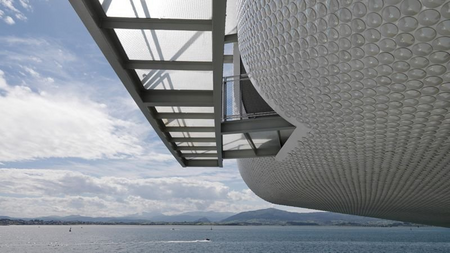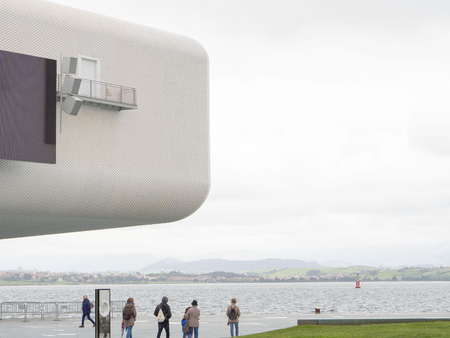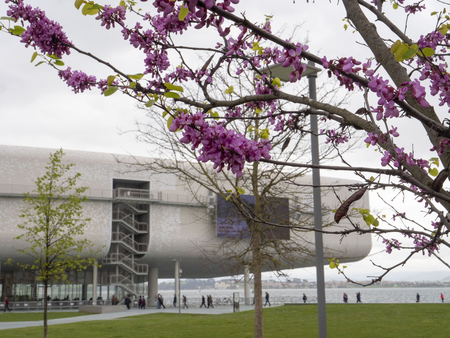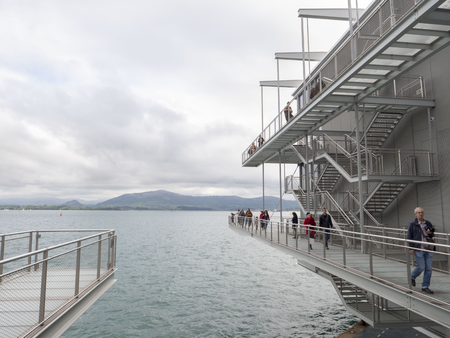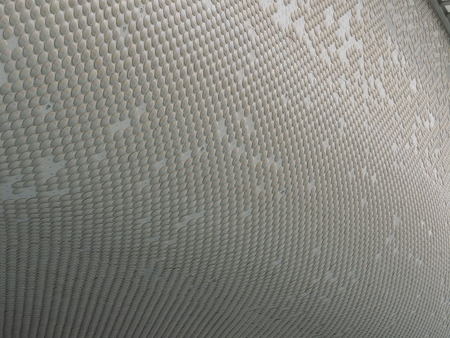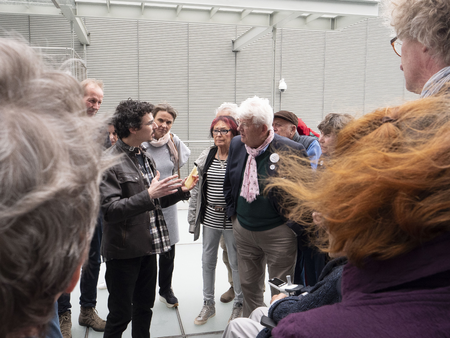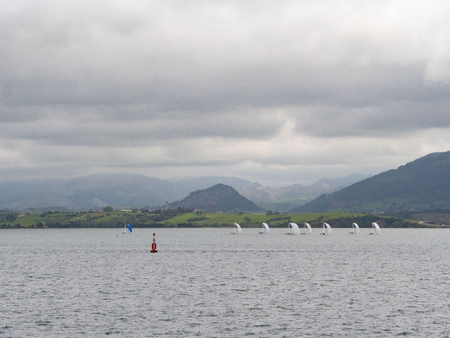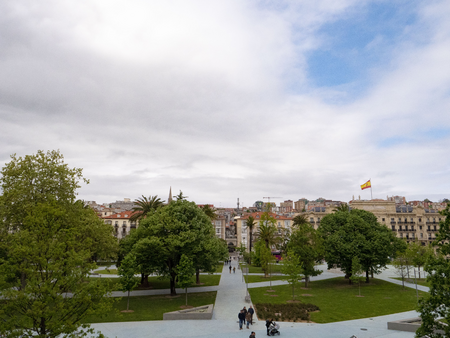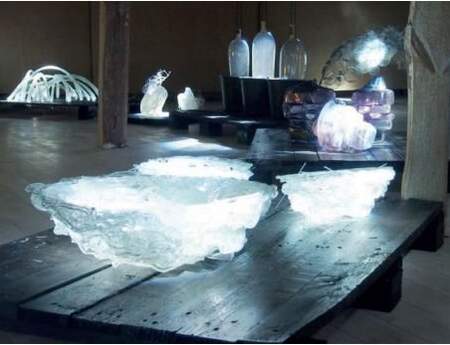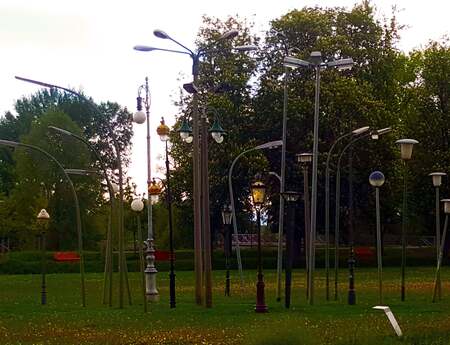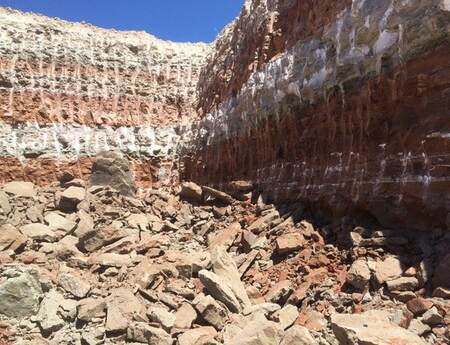"Half ship, half spaceship"
A sculpture - and yet a building: the Centro Botín is the new highlight in Santander - a cultural centre at the sea, that combines art, culture and education in an architectural masterpiece.
"Amused teenagers, in groups or pairs, are taking pictures of each other on the various bridges and walkways. People strolling along the quay, their figures reflected on the pavement in the diffuse light, make the impression that they are walking on water. Others, taking shelter from the rain and gazing at the water, seem to enjoy the quiet atmosphere under the raised buildings. It inspires me to see how the architecture here creates public spaces which become the scene of daily life and, at the same time, make this location something to experience with all of your senses. The Centro Botin invites people to come together, while at the same time giving them the space to be alone. I find this ambivalence to be enormously positive."Eva Wolf, architect, describing the new Centro Botín by Renzo Piano in Santander (Spain)There is a great number of cultural foundations settled in Spain - most of them banks or insurance companies - which are predominantly located in the two metropolises of Madrid and Barcelona and pursue their activities there. The wealth of the Botin Family also stems from the banking business in Santander in Northern Spain. The current Botin family trust, which, with the newly created art center, donated an architectonic masterpiece, is separate from the financial institution.
Centro Botín is the name of the newest highlight in Santander - a cultural center located directly on the water. Created by the „father of the Centre Pompidou“ - Renzo Piano, who, at 80 years of age, gave the city another new landmark, it is a sculpture - and also a building, which is closely connected to the city. It is separated into two unequal parts, which look like parts of an oval. Supported by pillars these constructions seem to hover above the ground. Steel constructions made of stairs and platforms connect the two halves of the buildings with one another. Very much in the tradition of Piano. As described in the Tagesspiegel „The building is half ship, half spaceship,“ and was originally planned to be located directly in the water. These plans, Piano tells us with a smile on his face, were crazy.
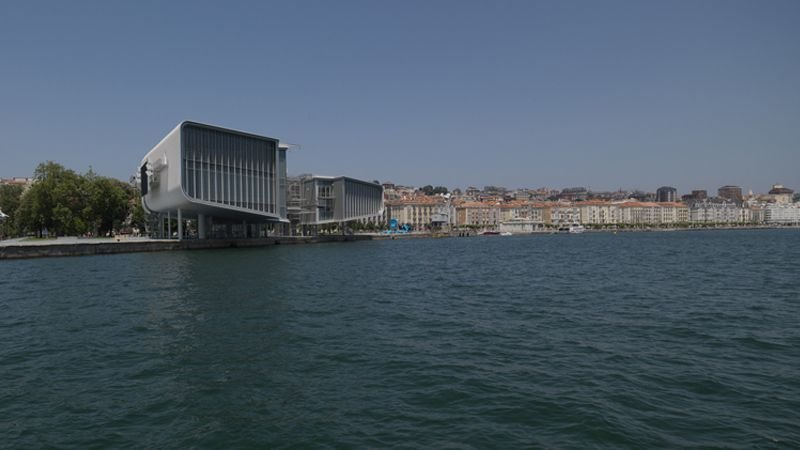
The division of the building into two segments reflects the activities of the foundation, founded in 1964, which is not solely dedicated to exhibiting art, but also pursues ambitious culture and art education programs. Thus, the western block, with two exhibit areas and a total of 2,500 m² is dedicated to art. In contrast, the eastern block is designed for cultural and educational activities. With an auditorium for 300 people, classrooms, study rooms and a rooftop terrace - to enjoy the breath-taking view of Santander and the bay - the interaction with art is taught in such a manner that creativity and well-being are connected. It is the implementation of the foundations long-held belief that art has the power to awaken creativity in anyone. But social development and growth are also promoted.
Research, training and dissemination are the three main tasks at the Centro Botín. In all of these areas cooperation with leading companies and specialists play a key role. The results from research projects are predominantly presented in the form of workshops. But new knowledge is also made available to a wider public in catalogs, books and international periodicals . „I really feel honored to have taken over this project for the city of Santander, because this is another example in my portfolio of open, tolerant and accessible cultural spaces […] municipal space that is loved by the people“, says Renzo Piano.
The art collection of the Botín Foundation also reflects their program for fine arts. Specialized in contemporary art, it includes works in a variety of media: painting, sculpture, drawing, photography, video and installations. Since 1993 the collection has grown from year to year and now includes, among others, works from the directors of the Villa Iris Arts Workshops, established international artists such as Miroslaw Balka, Tacita Dean, Carlos Garaicoa, Mona Hatoum, Joan Jonas, Jannis Kounellis, Julie Mehretu, Antoni Muntadas and Juan Uslé - as well as works from artists who have been awarded scholarships from the Fundación Botín Arts.
In April 2018 sculpture networkalso visited the Centro Botin during their trip Experience Baskenland und Kantabrien.
For further information:
Centro Botín
Santander, Spain
